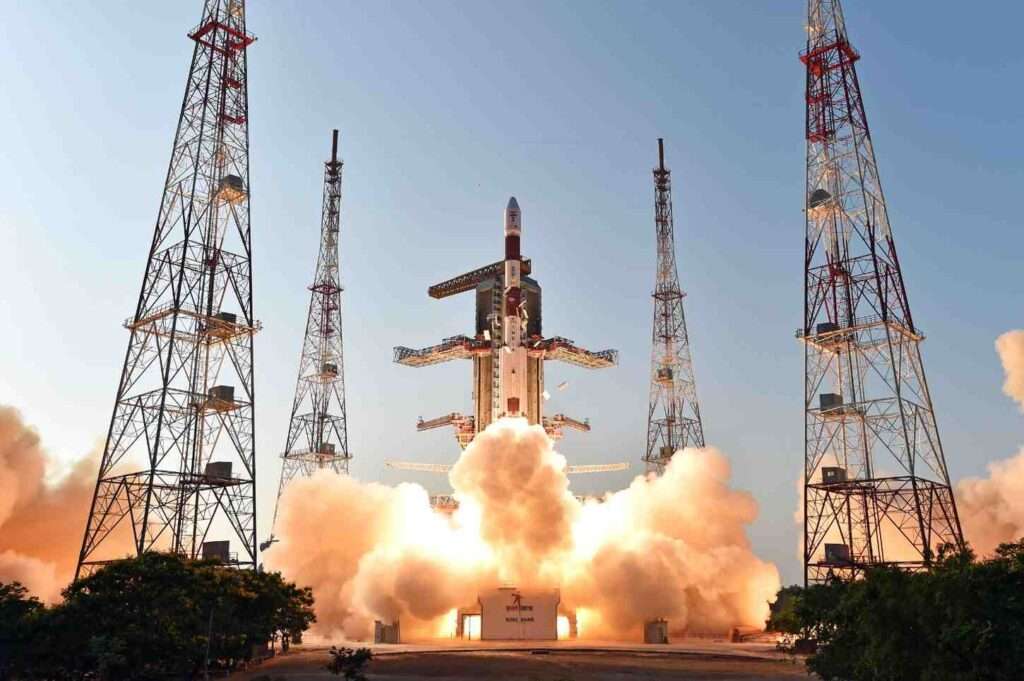India’s space program became one of the most ambitious space programs in the world, starting in 1962 with the formation of the Indian National Committee for Space Research (INCOSPAR). Dr. Vikram Sarabhai had always dreamed of starting a space program in India and, while INCOSPAR began in the Department of Atomic Energy, it became known as the Indian Space Research Organization (ISRO) in 1969. This was the first real step India took in space science and technology.
The first step India took in its space program was on November 21,I 1963, with the launch of a Nike-Apache sounding rocket from the Thumba Equatorial Rocket Launching Station (TERLS) in Kerala. This space launch established India’s will and ability to participate in space exploration. In 1975, the first satellite, Aryabhata, was launched with help from the Soviet Union, placing India in an elite club of nations that could launching satellites.
The 1990s witnessed rapid expansion through projects like the INSAT series for telecommunications and meteorology, and the development of the Polar Satellite Launch Vehicle (PSLV), which became a reliable workhorse for India and an affordable option for global satellite launches.
India’s breakthrough came with Chandrayaan-1 in 2008, which made a landmark discovery of water molecules on the moon. In 2014, ISRO launched Mangalyaan (Mars Orbiter Mission), successfully entering Mars’ orbit on its first attempt, a world record and at a remarkably low cost.
India’s first human mission to space, Gaganyaan, is expected to launch before 2026. The objective is to send three Indian astronauts into low Earth orbit (400 km) for a mission duration of 3-7 days. Two unmanned and one manned Gaganyaan missions have been approved by the Government. Thus far, the program has advanced significantly and is currently engaged with crew training, spacecraft development, and testing flights as planned. If successful, India will join the world elite of spacefaring nations (US, Russia, China).
Aditya-L1 is a solar observer designed for the investigation of solar activity. The goal of the Chandrayaan-3 mission is to make a successful soft landing on the moon’s surface following the partial success of the Chandrayaan-2 mission.
India is also working to develop the Small Satellite Launch Vehicle (SSLV) which enables launch at lower costs and plans to establish its own space station by 2030. The journey of India’s space program, from a modest beginning to a leader in innovation and cost-effectiveness in the field of space science, continues to inspire people everywhere through their determination, ambition, and service to the global community.

